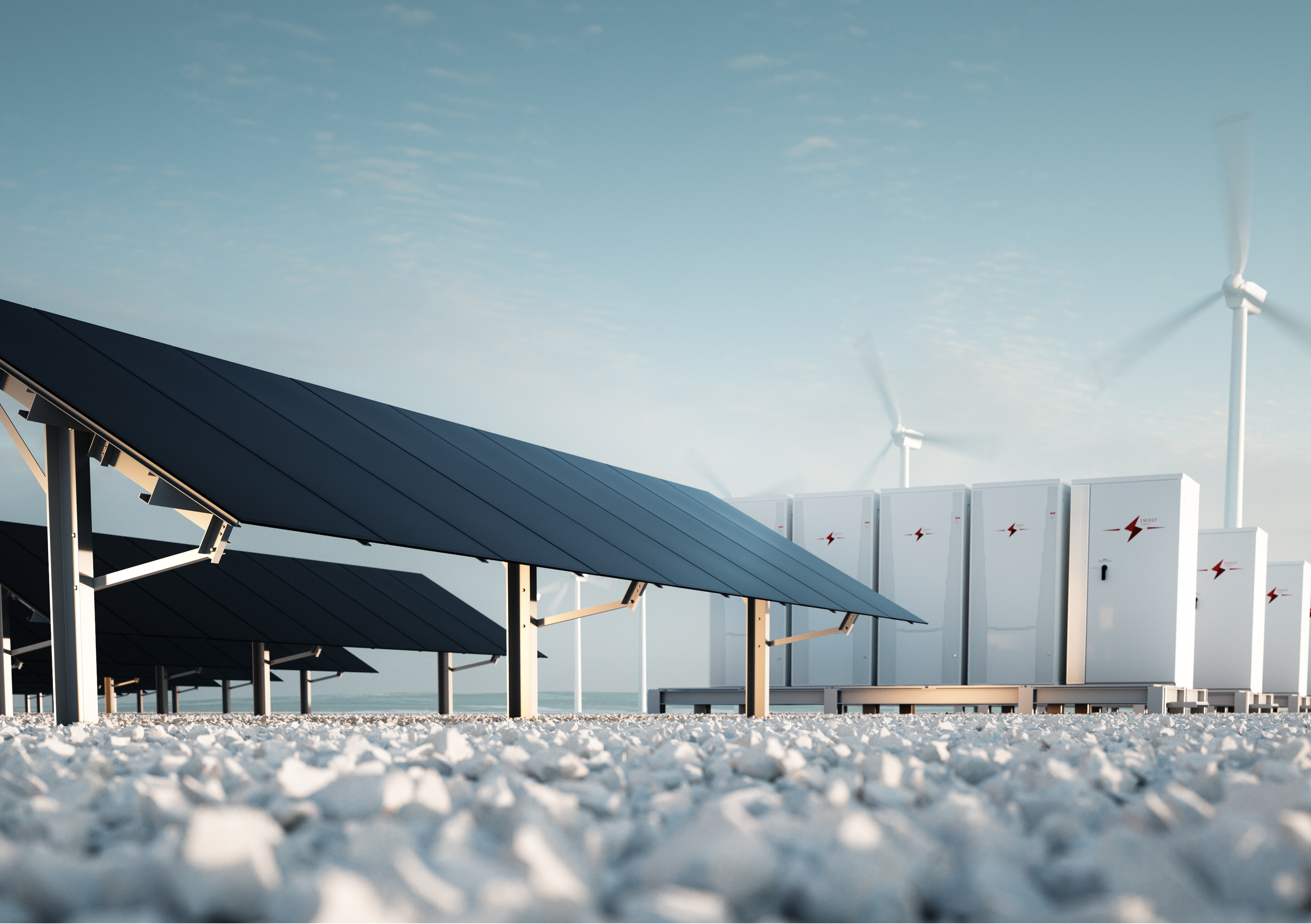The Essential Role of Metals in Renewable Energy
The transition to renewable energy is reshaping industries worldwide, and at the heart of this transformation are metals. From powering electric vehicles to enabling large-scale solar and wind farms, metals are the foundation of clean energy technologies. But why are they so essential?
Batteries and Energy Storage
Metals like lithium, nickel, cobalt, and manganese are key to the batteries that store renewable power. Whether for electric vehicles (EVs) or grid-scale storage, these metals allow energy to be stored and released efficiently, balancing the intermittent nature of solar and wind power.
Electric Vehicles and Charging
An electric vehicle uses up to four times more copper than a petrol car. Copper is critical for motors, batteries, and charging infrastructure, while aluminium makes vehicles lighter and more efficient. Nickel and cobalt increase battery density, helping EVs travel further on a single charge.
Wind Power
Modern wind turbines rely on rare earth metals such as neodymium and dysprosium to create powerful permanent magnets. These materials make turbines smaller, more efficient, and longer-lasting. Meanwhile, steel and aluminium form the structures that withstand harsh environments.
Solar Power
Solar panels depend on silver, one of the world’s best electrical conductors, to convert sunlight into electricity. Silicon is the base of photovoltaic cells, while copper and aluminium are used in wiring and panel frames. Without these metals, solar technology simply wouldn’t function.
Power Transmission
As renewable energy capacity grows, so does the demand for reliable grids. Copper and aluminium are vital for transmitting electricity over long distances. Upgrading global infrastructure to handle renewable power requires significant new supplies of these metals.
Hydrogen and Fuel Cells
Hydrogen is another growing clean energy solution. Platinum acts as a catalyst in fuel cells, while nickel plays an important role in producing hydrogen through electrolysis.
Conclusion
Metals are not just raw materials, they are the enablers of a low carbon future. From solar and wind to EVs and hydrogen, the demand for critical metals will continue to grow as the world accelerates toward net-zero.

